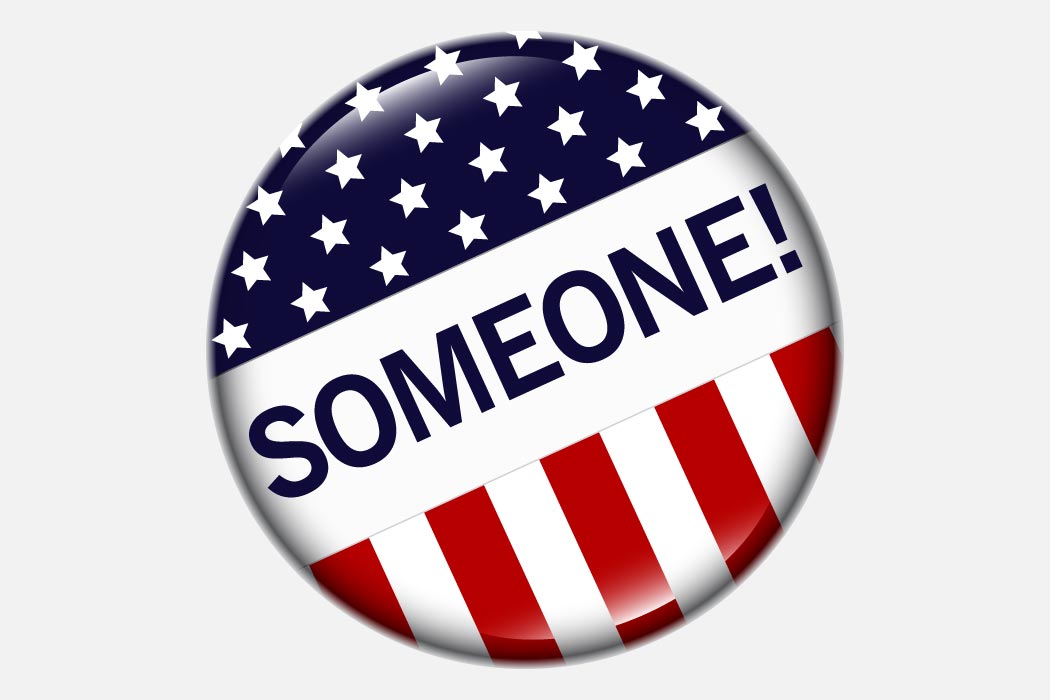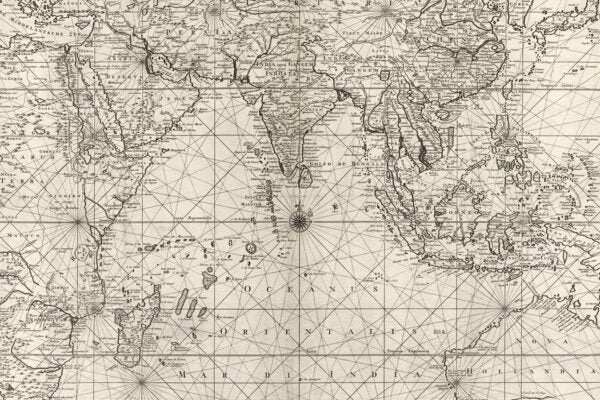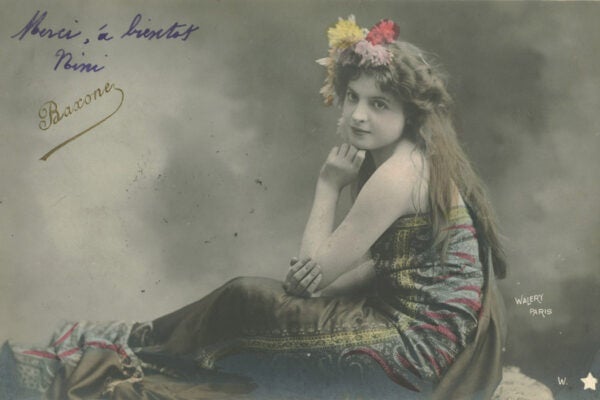In the US, there are people who are registered Democrat, people who are registered Republican, people who are registered with a third-party, and people are registered as independent (i.e., not registered with any party). And then there are people—including celebrities like Emma Stone and Demi Moore—who think they are registered independent, but accidentally registered as part of an ultraconservative third party, the American Independent Party.
An investigation by the Los Angeles Times found that three out of four people in the American Independent Party did not realize that they had joined the party, which is known for opposing abortion and same-sex marriage. Although the American Independent Party has only 3% of California’s registered voters, elections officials say that voter confusion is still very common.
Misleading names aside, what are the voting patterns of actual independents? This has long been a topic of study: In 1936, researchers William F. Ogburn and Abe J. Jaffe looked at the factors contributing to the growth of people declining to register with any official party. At their time of writing, there had been growth in the number of independents over the past century. More interestingly, there were specific patterns that correlated with which counties had the biggest increase of independent voters from 1920 onward.
First, counties with large numbers of young voters tended to have more independent voters, a trend that still holds true today, according to a Gallup poll from 2014.
Other factors that correlated with a high number of independent voters were large proportions of men, people who lived in cities, small number of native-born citizens of native-born parents (meaning: large number of immigrants and first-generation Americans), and high standards of living. According to a Pew research report on party affiliation from 2015, one other trait Ogburn and Jaffe noticed hold up: men are still more likely to be registered independent.
Weekly Newsletter
Political scientists are still skeptical about how “independent” these voters truly are, saying that most are closet partisans and that true independents may make up only 10 to 15% of those registered as such. Independent voters caused some controversy during New York’s recent primary, complaining that the October deadline to register as Democrat or Republican and therefore vote in the primary was too early.
Still, independent voters are a large chunk of registered voters—up to 42% in the most recent Gallup poll, a record number—and highly valued by candidates who believe they can swing the election in their favor.
Support JSTOR Daily! Join our new membership program on Patreon today.







